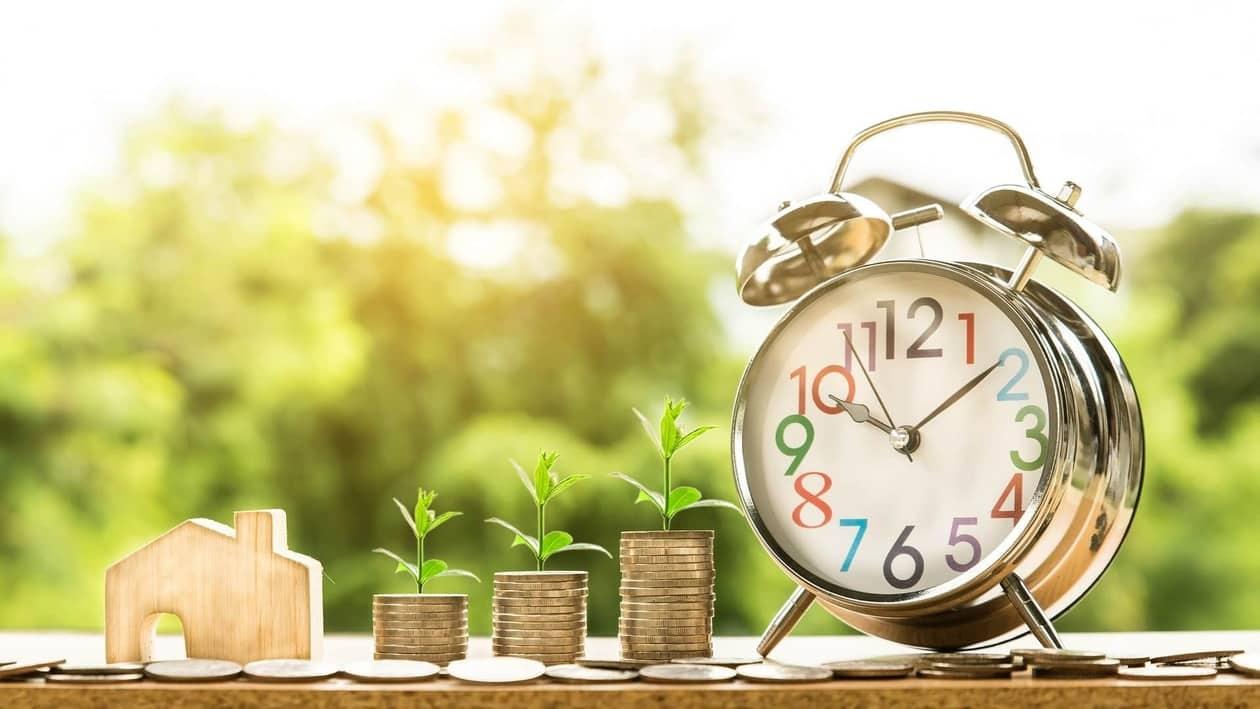Say you’re planning to buy a car next year and a retirement home in the hills after thirty years. Your investment plan cannot be the same for both the situations, because in one case you will need cash within just a year, in the other, you can hold it for three good decades. And thus, you need different strategies for both of these, first one being short term and the second one being long term.
Let’s see how you can optimise your investment based on the duration of your goals.
What are long term and short term investments and their goals?
Typically, short term investments are made for under 3 years, while long term investments are made for over ten years as per the goals. Someshort term goalscan be purchase of a luxury good, a good vacation, payment of debt, starting an emergency fund and more, whileLong Term Goalsbe buying a house, saving up for children’s education, planning retirement and more so.
Important metrics to take into account
Risk
Risk is one of the most important factors while investing. Each investor’s risk bearing capacity and willingness is different based on factors like age, financial stability and very importantly, investment goals. While making short term investments, you need to minimise your risk and invest in low risk securities because you need to redeem securities soon. Although, you can opt for some riskier securities while investing for the long term, because the value of your investment has enough time to correct itself even if it goes down for a while.
Volatility
Volatility is the rate at which the prices of a security change. Basically describing how turbulent a security is. Every security is volatile, it’s the rate that differs. Your short term investments need to be less volatile because you may end up losing if the encashment time is when the securities are at a low. But just like risk, you can have more volatile securities in your long term portfolio, observe the patterns and encash your investments at a good time.
Liquidity
This one is really simple. Do you need your money back in two years? You obviously cannot put it in a five year bond. Liquidity is the ease of redeeming your assets for cash. Like, an old gold biscuit lying in your bank locker is way more liquid than a piece of land you inherited in your hometown. Thus, when you plan on investing for the short term, you need to make sure your portfolio is highly liquid, you need the cash soon! But you can go ahead and invest in low liquidity securities for the longer run since you’ve got enough time for that. Liquidity is inversely proportional with the time period of your investments.
Security
As an investor, particularly as a small retail investor, you’d want your investment to be fully secure but as it happens, that’s straight up impossible. No investment is 100% secure, even the cash lying around in your pocket is subject to being lost or stolen. So, while investing, you need to see what are your requirements with respect to security of funds. Ideally, you should go for more secure funds for a shorter term but you can have some less secure funds for the long term.
Taxes
Securities are taxed differently based on time, issuer, returns and more. Some securities are even tax free. You need to take care of taxes because your net return would be affected by taxes. The rate of tax depends on both the duration of your investments, and the amount of returns you receive. Short term capital gains are usually taxed at a higher rate than long term. So, look out for ways to save tax by investing in non-taxable securities.
Return
Now this is very important, you have to understand your needs and see what is the rate of return you can afford to receive while balancing your risk and liquidity. Of course we want the highest returns possible but we have to take the discussed factors into consideration.
What should you put in your portfolios?
Given the premises we’ve discussed, for the short term, you can invest in money market securities like treasury bills and short term bonds, capital market securities like low risk mutual funds and smallcases. For the long term, you should look at riskier securities that can give you higher returns.
Invest in capital market, equities, growth and value stocks, small cap securities, real estate and more. You can invest in volatile but high return smallcases likesmallcap compounders, high quality right price and in PMS if you have the funds.
Conclusion
This is how it all comes together
Short Term Investments | Long Term Investments |
Low Risk, More Secure |
High Risk, Less Secure
High Liquidity
Low Liquidity
Low rate of volatility
High rate of volatility
Treasury Bills, low risk small cases and mutual funds, secure large cap stocks
Small cap equities, real estate, high return smallcases, long term bonds
While starting to invest may be easy but investing strategically and managing a portfolio efficiently is not. It’s crucial to consider these important factors like risk, liquidity and more depending on your profile to make an informed decision on your investment and accomplish your investment goals.
Sreeram Ramdas, Vice President at Green Portfolio PMS
